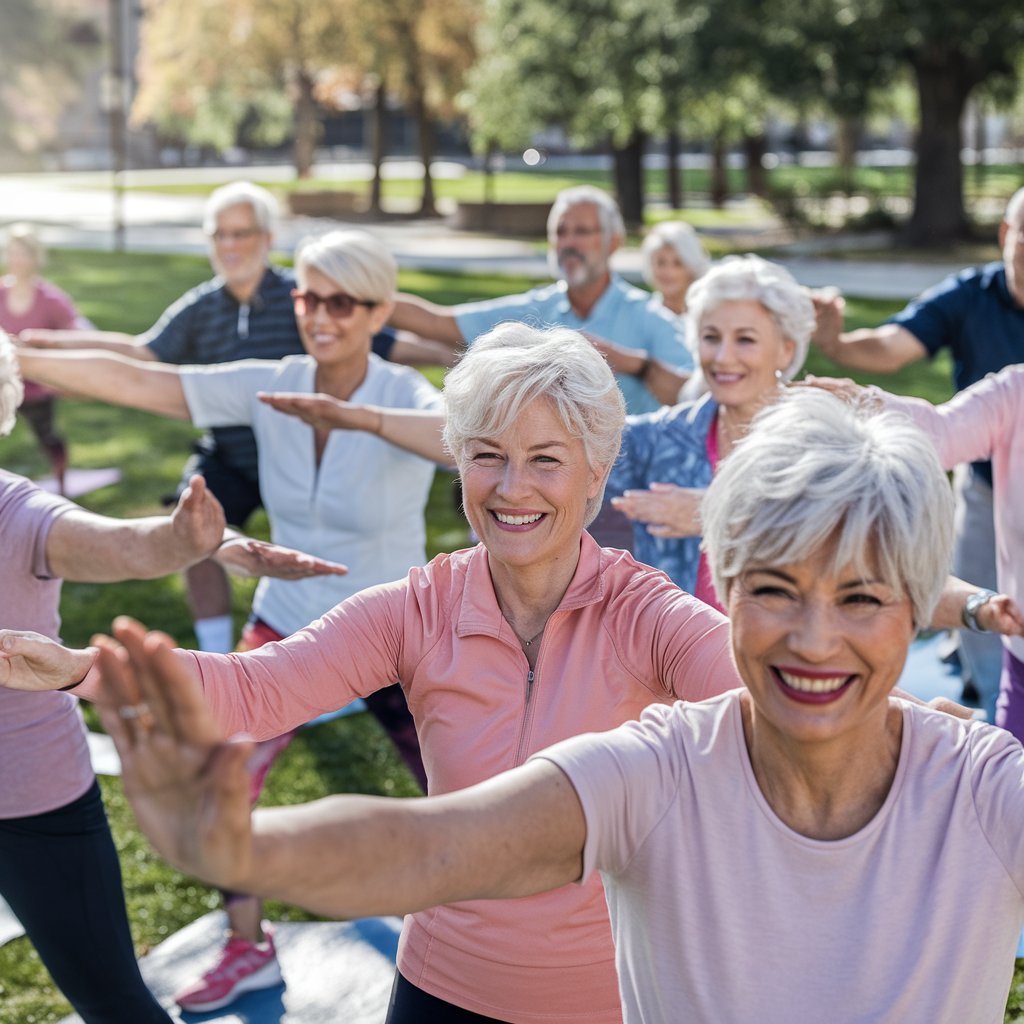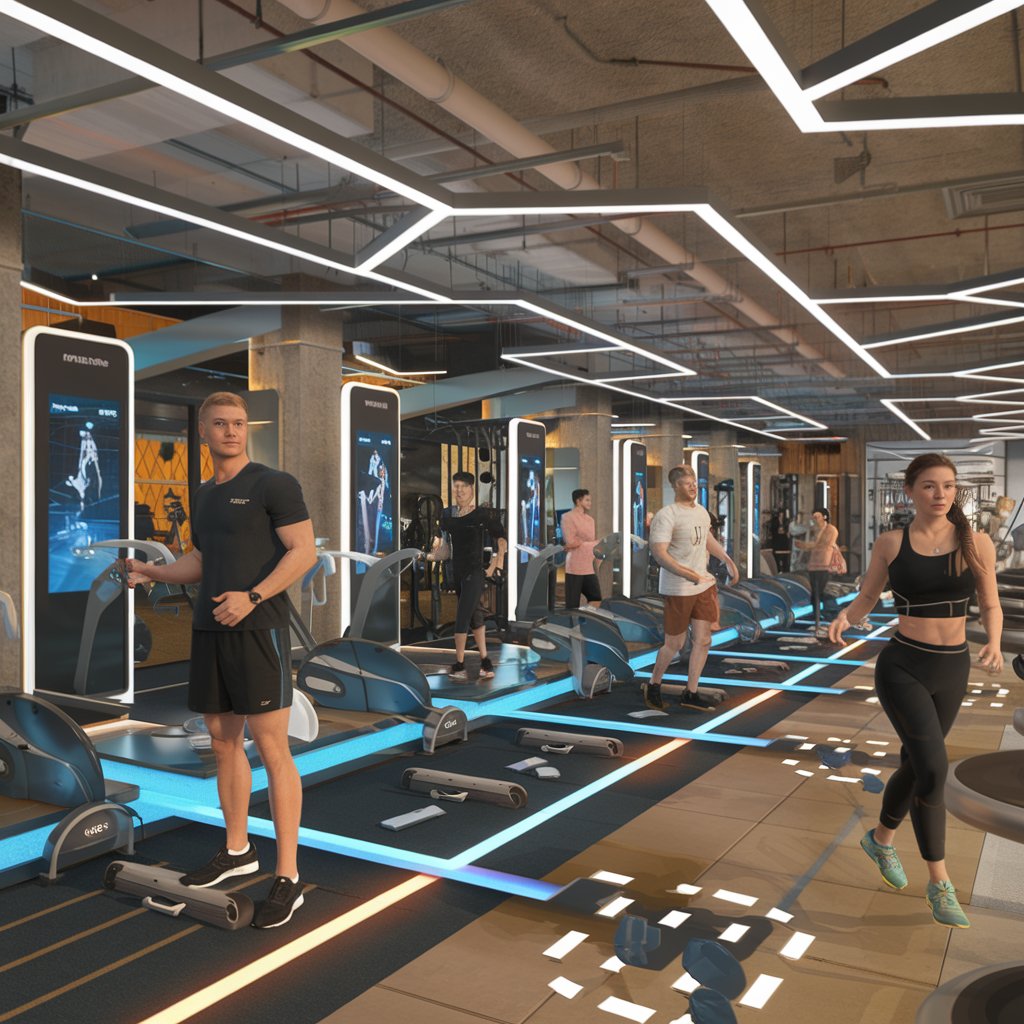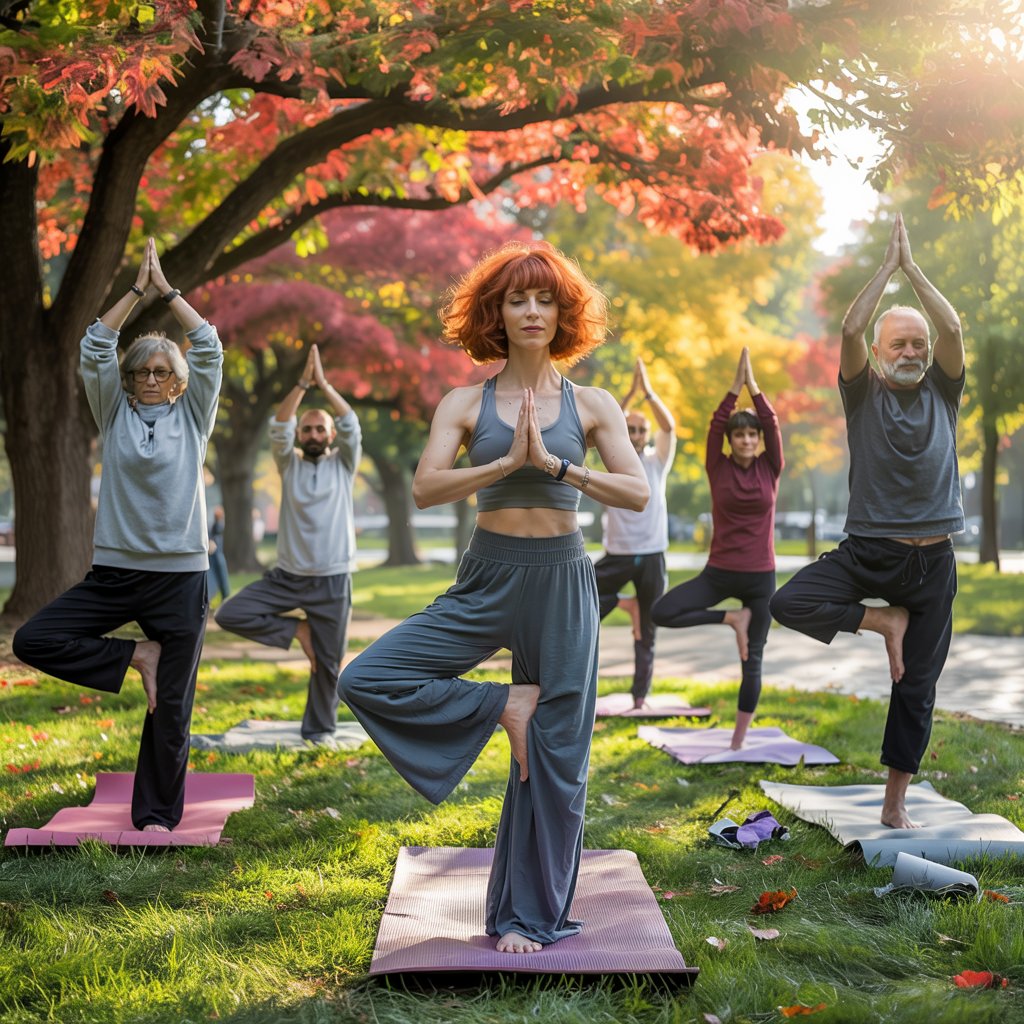
Ways to Improve Mobility As You Age: Exciting Transformation
Discover practical strategies for enhancing your mobility as you age. Embrace simple steps that promise significant results, supported by experts and backed by science.
Effective Ways to Improve Mobility as You Age
Improving mobility as you age is crucial for maintaining your health and overall quality of life. There are several effective ways to improve mobility as you age, and each method can greatly enhance your functional abilities. First, incorporating regular stretching into your routine allows your muscles to stay flexible. Gentle stretches targeting major muscle groups help prevent stiffness and promote smooth movement.
Next, strength training is vital. Losing muscle mass is part of aging, so engaging in strength workouts can help preserve muscle, improve stability, and support joint health. Many older adults find value in bodyweight exercises or resistance bands.
Let’s not forget balance training. Practicing stability exercises not only enhances mobility but also helps lower the risk of falls. Simple movements like side leg lifts or heel-to-toe walks can truly make a difference.
Functional exercises play an important role too. Activities that mimic daily movements, like squatting or reaching, can increase body awareness and improve coordination. Plus, maintaining a nutritious diet can assist in muscle recovery and ramp up energy levels, both essential for improving mobility.
To explore functional exercises that benefit older adults, check out this link: Top 7 Functional Exercises for Older Adults. These strategies create a well-rounded approach to enhancing mobility as you age, empowering you to remain active and independent.
Step-by-Step Action Plan for Improving Mobility
A solid action plan can make a big difference when looking into ways to improve mobility as you age. Begin by integrating simple daily habits that encourage flexibility and strength. Remember, movement—no matter how small—is essential. Aim for activity for at least 30 minutes each day. This could be walking, gardening, or even dancing around your living room. A consistent routine promotes muscle engagement and gradually boosts mobility.
Next, consider including exercises focused on range of motion. Gentle stretching is key. Daily stretches help maintain and enhance flexibility. You could start each morning by reaching for the sky or simply bending to touch your toes. Adding yoga or tai chi can offer additional benefits. These practices not only boost physical flexibility but also enhance mental clarity and balance.
Don’t overlook strength training. Even low-resistance weight training or using resistance bands helps keep your muscles strong. The strength of your muscles directly impacts your ability to move effectively. Target two or more strength training sessions each week.
Lastly, track your progress. Using fitness tracking apps can increase motivation and provide insight into your journey. Accountability is vital in these ways to improve mobility as you age. Aim to build a sustainable and enjoyable routine that supports your movement and well-being. For more details on strength training and its connection to longevity, check out this resource.
Practical Exercises to Enhance Mobility
When it comes to improving mobility, practical exercises are essential. Not only do they help maintain physical independence, but they also support overall well-being as we age. To effectively implement ways to improve mobility as you age, focus on movements that engage multiple joints and muscle groups.
Start with gentle stretches to boost flexibility. Basic movements like neck rolls and shoulder shrugs can alleviate tension. For your lower body, standing quadriceps stretches or seated hamstring stretches work well. These basic stretches set the stage for more dynamic exercises.
Strength training is equally crucial. Incorporating functional exercises builds muscle and improves stability. Movements like squats or wall push-ups effectively enhance strength without needing heavy weights. Aim for 8-12 repetitions of each exercise while maintaining good form.
Incorporate balance exercises to further improve mobility. Simple routines, such as standing on one leg while holding onto a chair, enhance stability and target small muscles. Low-impact activities like swimming or tai chi offer holistic benefits too.
Lastly, pay attention to your body’s feedback. Listening while you engage in these activities is crucial. Understanding your limits guides you toward sustainable ways to improve mobility as you age, boosting confidence and enhancing your quality of life.
Nutrition’s Impact on Mobility Improvement
Nutrition significantly affects mobility as you age. Proper nutrients support joint health, muscle function, and overall vitality. When discussing ways to improve mobility as you age, focusing on healthy dietary choices is key.
First, make sure you consume enough protein. It is vital for muscle repair and growth, specifically for maintaining muscle mass as you get older. Include sources like lean meats, fish, legumes, and nuts in your meals to meet your protein needs.
Next, think about omega-3 fatty acids. These healthy fats, found in fatty fish, walnuts, and flaxseeds, help reduce inflammation in your joints. This anti-inflammatory effect translates to less pain and stiffness, making it easier for you to engage in mobility-enhancing exercises.
Vitamins and minerals are also critical. Vitamin D and calcium are integral for bone health. A deficiency in either can lead to weakened bones, raising the risk of fractures. Incorporate dairy products, leafy greens, and fortified foods to ensure adequate intake.
Finally, stay hydrated. Dehydration can affect joint lubrication and overall performance. Aim to drink enough water throughout the day, particularly during exercise.
Taking these nutritional strategies to heart is among the effective ways to improve mobility as you age. For more information on nutrition’s role in fitness, visit The Role of Nutrition in Fitness.
Tracking Progress: The MetersFit Advantage
Monitoring progress is essential as you pursue ways to improve mobility as you age. This journey involves making intentional choices and effectively tracking those choices. MetersFit provides innovative tools to keep you accountable. Thanks to its advanced metrics and user-friendly interface, tracking progress feels like part of your daily routine, rather than a chore.
Using technology, such as wearable devices and mobile apps, can lead to significant improvements. These tools allow you to log everything from flexibility workouts to daily step counts. Regularly evaluating your data provides insights into your progress and highlights areas needing attention. For example, tracking your range of motion during exercises can pinpoint specific joints that might need extra mobility work.
Making real-time adjustments to your routine based on tracked data can improve your workout effectiveness. If certain movements cause discomfort, this information can help you modify exercises to better suit your needs. Ultimately, fine-tuning your regimen ensures it aligns with your personal goals.
Keeping an eye on your progress not only helps with physical improvements but also builds motivation. Celebrate the small victories; they pave the way for achieving greater mobility. These consistent adjustments are vital for anyone seeking ways to improve mobility as you age. For more details on tracking your fitness journey, check out MetersFit’s fitness progress tracking insights.
Final words
Enhancing your mobility does not have to be elusive. With personalized insights and expert guidance, you can make real progress. Explore MetersFit at [metersfit.com/waitlist](https://metersfit.com/waitlist/) to start your journey with personalized recommendations.





